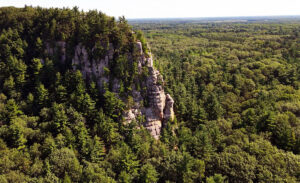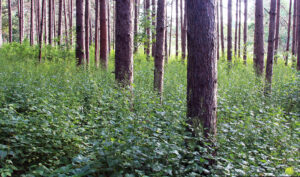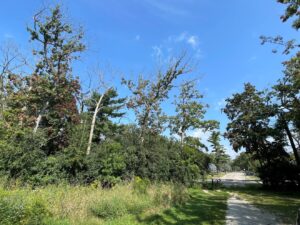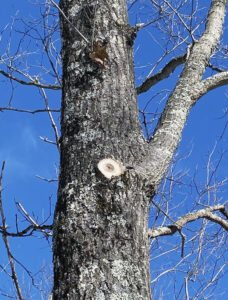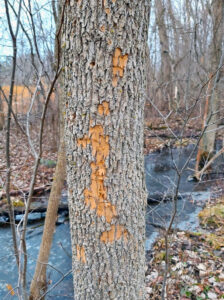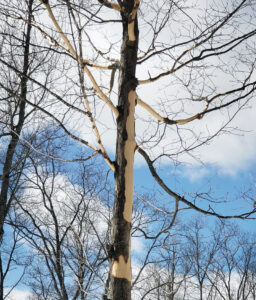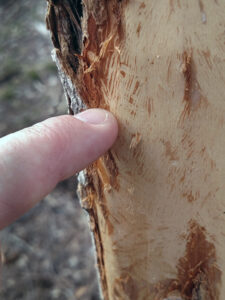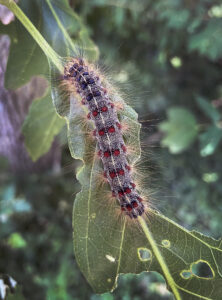
A spongy moth caterpillar consumes a leaf. / Photo Credit: Bill McNee, Wisconsin DNR
By Wisconsin Department of Natural Resources (DNR)
La Crosse County has become the latest Wisconsin location to be added to the state and federal spongy moth quarantine, joining most eastern and central Wisconsin counties already considered to be infested by the invasive insect.
The Wisconsin Department of Agriculture, Trade and Consumer Protection (DATCP) announced the change on April 1, based on trapping data collected last year.
Continue reading “La Crosse County Added To Spongy Moth Quarantine”

